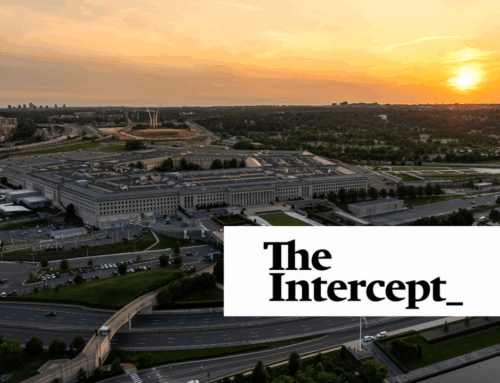As the federal budget wends its way through the nation’s capital, an optimistically named program tucked deep in the Department of Energy’s budget is attracting a lot of attention. The Reliable Replacement Warhead (RRW) would be the first nuclear weapon produced by the U.S. government in two decades, at a cost to taxpayers of $89 million in 2008 alone.
New nukes are a bad investment right now, though, because nobody has defined the role nuclear weapons will play in the post-Cold War world. The National Nuclear Security Agency (NNSA) wants Congress to fund RRW as a down payment on an expansive program to overhaul the nation’s nuclear complex, an endeavor that would stretch over decades and could likely cost hundreds of billions of dollars. Yet neither the Department of Defense nor the White House has said how many weapons the U.S. needs in the future or how they would be used.
NNSA has floated a raft of reasons why the RRW is necessary, most of them formulated by scientists at federally funded laboratories struggling to rationalize their existence. They argue that warhead components such as plutonium have a limited shelf life, but a Department of Defense scientist advisory board says the plutonium will be viable for at least another 50 years.
Another argument is that RRWs would result in a smaller and less expensive nuclear complex by cutting back on Cold War “high-yield” warheads in exchange for one that is simpler and cheaper to maintain. However, a recent report by the American Association for the Advancement of Science found that the RRW program would require a significant initial investment for new, expensive plutonium pit production facilities. But any savings would only accrue decades from now, since NNSA must continue refurbishing existing warheads until their replacements are built.
Unfortunately, DOE’s larger plan for consolidating the stockpile, dubbed “Complex 2030” for its target completion year, is also untethered to fiscal reality. DOE estimates Complex 2030 would cost $150 billion, a figure the Government Accountability Office criticized (pdf) as low, pointing out that “NNSA has had difficulty developing realistic, defensible cost estimates, especially for large complex projects.” The DOE champions consolidating production, storage and maintenance of nuclear weapons, yet rejected a plan for a Consolidated Nuclear Production Center. Rep. David Hobson (R-OH), one of the RRW program’s initial boosters, responded that “RRW is a deal with Congress, but the deal requires a serious effort by the Department to modernize, consolidate, and downsize the weapons complex. Absent that, there is no deal.”
Congress has already appropriated $60 million for RRW and the administration has requested $89 million in this year’s budget, even though DOE has yet to taxpayers what the total cost of the project will be. The agency plans to produce a detailed estimate by the end of the year—after the FY 08 spending bills are put to bed. By then, taxpayers will already be out $149 million, with very little to show for it. And you can bet DOE will be back next year asking for more. Money for new nukes without a real plan for them: That doesn’t make us more secure.
For more information, contact Laura Peterson at (202)-546-8500 ext. 114 or laura [at] taxpayer.net










